How to Make Double Frilled Cushions
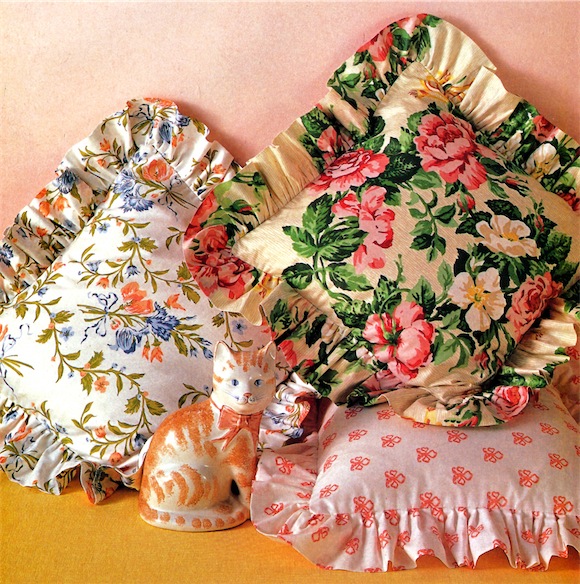
A double frill is ideal for reversible cushions.
Perfect Gathering
1 – Heavy fabric
If for your frilled cushions you have chosen fabric that is medium to heavy weight, the long gathering threads may break when they are pulled up. Stitch the gathering rows in short sections and position the rows on either side of any seams. It is difficult to pull gathering threads through the seam thickness.
2 – Frill fullness
When gauging the amount of fullness in a frill, take account of the fabric’s weight. For a thick fabric that gathers more bulky than the standard-weight furnishing cotton, one-and-a-half times the length will be sufficient, while for very fine fabrics, such as lawn, you may need two to three times the measurement.
3 – A contrasting edge
Single frills can be finished with a bound edge using contrasting ribbon, tape or bias binding. Fold binding in half over the raw frill edge and machine stitch in place. For a wider edging, hem the frill then place the binding on the edge and stitch along both sides.
Making the Frill
A double frill is a folded strip of fabric which does not need a finished edge. If the fabric used is firmly woven, a double frill may need extra give. In this case cut the strips on the bias of the fabric for your frilled cushions. Decide on the frill depth and length and cutout strips to twice this depth plus twice the seam allowance, by the chosen length, as for single frills.
4 – Adding the double frill to a cover
Join strips together into a ring with plain flat seams; trim and press open. Fold strip in half lengthways, wrong sides together; pin raw edges together and press along fold. Gather up through both layers and stitch to cover as for single frills.
5 – Working with more than one frill
Make up two or more frills in the same way as for single frills, making each one slightly smaller in size -about 2cm (3/4 in). Match the raw edges together and gather up as for a single fabric.
A Brief History of Cushions
Originally a piece of furniture, a cushion dates back many centuries. In the Middle Ages they were huge, covered with leather and used to sit on, usually by the lower ranking people of a household. Cushions were also used as a status symbol, the more cushions you owed the wealthier you were!
Today cushions as we know them are soft and used to provide support and comfort to your back or head when sitting on a sofa or lounge chair, and also used to add color, texture and pattern to our living rooms and bedrooms.
Like in past times cushions are available in a wide range of shapes and sizes, with a variety of fillings and covers to suit our homes and our decorating styles.
Leather is still used to cover cushions, however, rather than being hard and uncomfortable today the softest leathers are used to provide us with both style and comfort. More…
History of cushions details courtesy Terrys Fabrics
Reference: The Country Look—Decor & Crafts


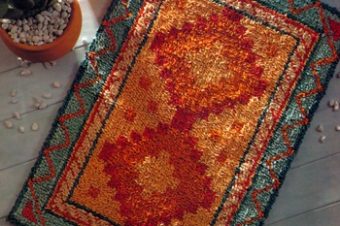
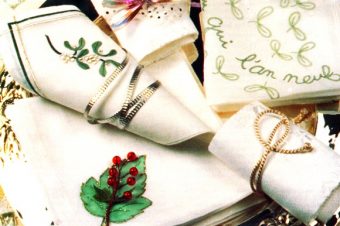
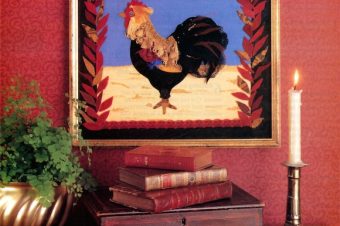
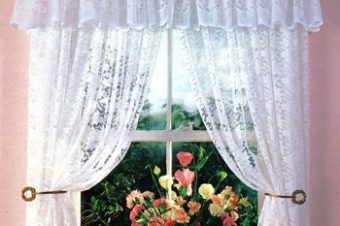
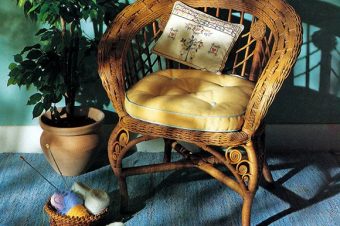

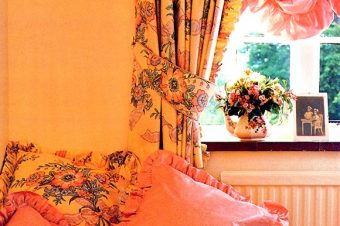
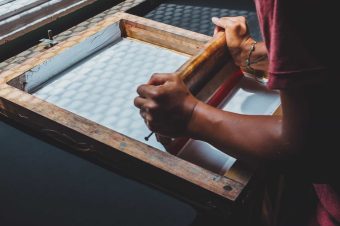
2 Responses
ScRSC
I have always wondered–why in the WORLD are couch cushions designed the way that they are, to where you’re always losing things inside of them, with those pesky seams & cracks between each individual cushion & between the edge of the cushion & the armrest? Why do they design them that way? It’s EXTREMELY annoying with how things get lost in there & then you can’t find them. Heck, just tonight, my cellular phone fell in there, and even with me hearing it ring when I called it, it took me like 20 minutes to find it, it had managed to wedge itself so far in there. That’s ridiculous.
Why don’t they design couches to where that just can’t happen, period? Design it to where the cushion is like a mattress on a bed, one long single cushion, & reinforce the edges near the armrests (by, say, attaching the cushion directly to the frame so that there are no gaps when you sit down) to where NOTHING, and I mean NOTHING, can ever ever, under any circumstances, get lost in there. Ever. Period.
Major, major, UGH!!
kevindiking67verizonnet
I have a vintage sectional sofa. The fabric is something like polyester but it is really slick so the cushions slide around all the time. There are three sections and three cushions. The couch has no arms so the cushions can slide right off if I sleep or lounge on the couch. I rotate the cushions so that I don’t wear them out so I don’t want to glue on velcro or anything. There has to be a way to fix this.
The couch is very slippery. It’s like those awful 80’s taffeta bridesmaid gowns.